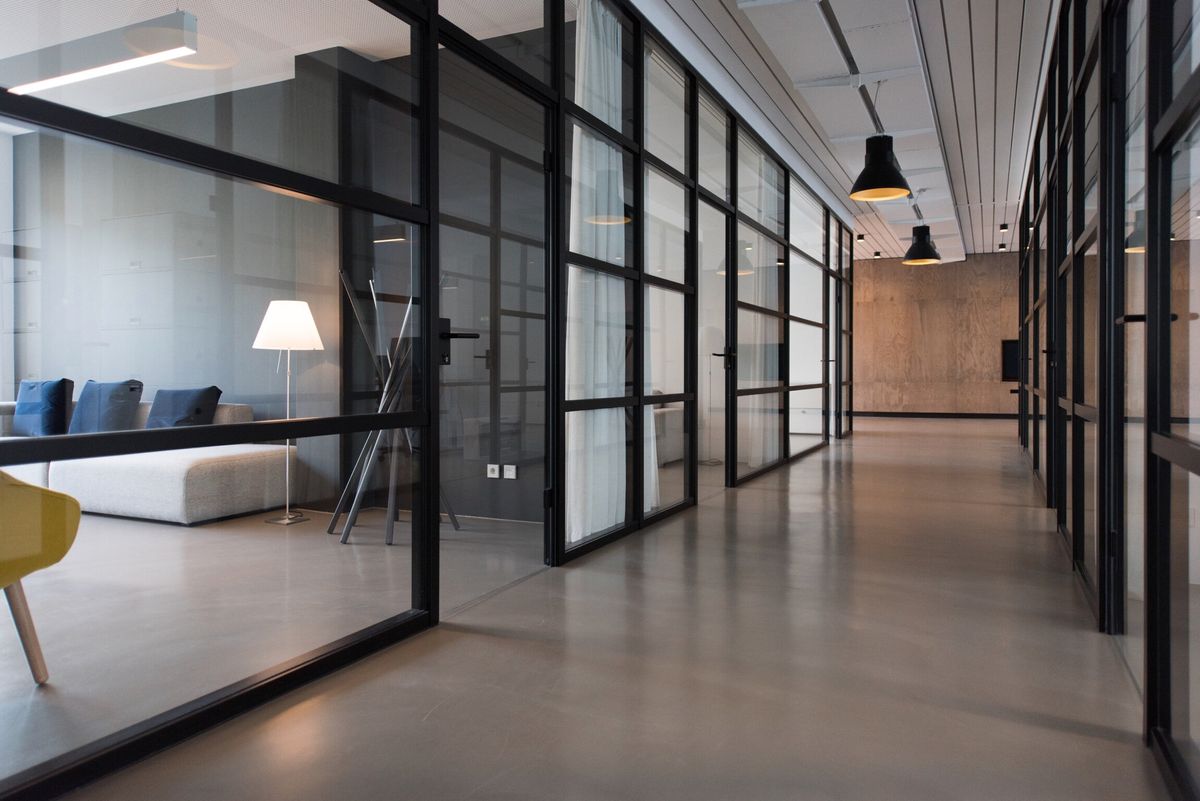In a previous article, we talked about adjusting operations and water temperatures to help chiller systems run more efficiently. In this article, we share some information about how humidity can impact energy use, and discuss opportunities for efficiency while still meeting space humidification or dehumidification needs.
Humidity can significantly impact how comfortable a person is in a room, and how well equipment and building materials hold up over time. In the summer, if a space is too humid, people may feel hotter and therefore run their air conditioner at a cooler temperature, increasing energy use. In the winter, if a space is too dry, occupants may feel colder, and therefore require more heat to feel comfortable. Humidity can also cause issues with mold or dust mites, which can create unhealthy spaces for building occupants. Additionally, if there’s too much condensation on the pipes, that can cause issues like rust and require equipment maintenance, or even replacement.
The CDC notes that for ideal indoor air quality, the American Society of Heating, Refrigeration and Air-Conditioning Engineers (ASHRAE) recommends indoor relative humidity below 65% and the EPA suggests between 30-60%. Maintaining a relative humidity within that ideal range can help eliminate some of those negative impacts noted above.
Central HVAC systems rely on outdoor air exchanges to condition indoor spaces properly (especially as buildings implement post-COVID ventilation strategies), and humidity is an important consideration, especially in areas with high outdoor air humidity. Organizations like ASHRAE set guidelines for minimum ventilation rates, such as Standard 62.1, which includes how buildings should calculate and manage outdoor air circulation within spaces. Buildings should at a minimum follow ASHRAE’s ventilation rate guidelines, but in high humidity climates, additional considerations may be needed to decrease humidity within the facility.
Building insulation and ensuring the envelope is well-sealed can be a solution to controlling humidity in a space. If there are cracks or other places where outdoor air can leak into the interior spaces, it may be harder to manage humidity via the HVAC system. The HVAC system then may find itself working harder to keep humidity down. If a system tends to cycle on and off frequently (which could mean there’s a malfunction somewhere that needs to be checked out), that could also keep humidity levels higher than desired. If the system doesn’t run long enough to provide the appropriate conditioning that would reduce humidity, then humidity could continue to build, cause discomfort, and potentially result in other issues. Additionally, if there are areas within a building that are more impacted by humidity, instead of increased cooling (and therefore increased HVAC use), it might be useful to install or use a dehumidifier for certain spaces.
ASHRAE provides great resources for further, more in-depth information about HVAC systems and managing humidity in buildings, and it’s always wise to consult with a professional HVAC technician or engineer to make sure any adjustments made are in-line with system specifications.
Check our Laurel’s other blog posts!
- Can Having A Chiller Be Energy Efficient?
- DEMANDing Reductions
- Electricity in the Summer
- Demand vs. Consumption - Electricity is Complicated!
- Better Indoor Air Quality Means Happier (and Healthier) Occupants
- Who Decides the Utilities’ Rates?
- What is a Regulated vs. Deregulated Utility?
- Incentives for Solar and Renewables
- On-Site Solar vs. Community Solar - What Should You Do?
- Energy Benchmarking Is Becoming Mainstream
- The Cost of Water is Increasing…Now What?
- Gift-Giving For The Energy and Sustainability-Minded
- Water Reuse is Water Conservation!
- Tracking and Reducing Water Use in Your Building
- Teachers as Energy Conservation Champions in Schools
- Plug Loads and Commercial Office Tenants
- Communicating Energy Conservation With Residential Tenants
- Water, Waste, and Cleaning Of Buildings In A Post-COVID World
- Energy Management In Buildings In A Post-COVID World

